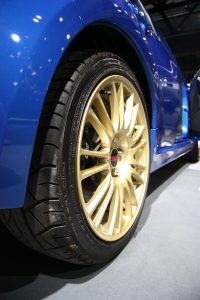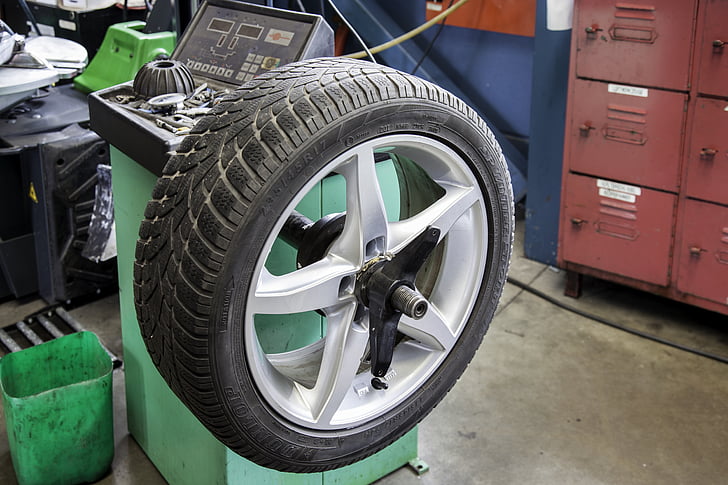After examination by a specialist, repairing a flat tire will give it a second life, at a lower cost.
This section deals with the repair of a passenger or light truck tire that has suffered a puncture.
Good to know: the rules mentioned below are issued by tire professionals, but there is no law on the subject. The repair of a tire is binding on the person who carried it out.
Can a flat tire be repaired?
Before changing a flat tire, you should check whether it can be repaired. This must be done by a professional who must dismantle the tire and observe it from the outside as well as from the inside.
– Exterior examination: the sidewalls must not show any traces of puckering and no metal or textile plies must appear.
– Examination of the notch: it must be on the tread for speed ratings higher than T and run-flat technologies, and no more than 6 mm.
◦ A sidewall can only be repaired with a speed index less than or equal to T and if the cut is 3 mm maximum.
◦ The bead area allowing the attachment to the rim must not be damaged.
– Interior Examination: The inside of the tire must be like new and must not show any puckering called marbling or “tire powder” which is synonymous with a deteriorated tire.
– Old tire = replacement. A tire with a cracked outer appearance must be replaced if it is punctured.
A tire can be repaired several times, although it is not advisable to do so more than twice. For self-supporting sidewalls, only one repair is tolerated, but the tire then loses the benefit of its run-flat capability.
How to repair a tire?

When a tire is repairable, different technologies exist:
– PRPs (Pneumatic Repair Parts), also known as mushrooms, are recommended by professionals. Indeed, they propose a repair from the inside of the tire, which therefore requires an internal examination and is also a qualitative solution.
– A second solution that is common, but not recommended by some specialists, is plugging “wicks”. It is done from the outside of the tire.
– Hot” repairs with adapted plasters are qualitative solutions, but which require specific equipment and are more expensive. This system is therefore much rarer.
What to do after tire repair?
You should not forget to balance the tires.
Why balance a tire?
More than just balancing tires, it’s about balancing complete wheels.
When a new tire is mounted on the rim, there is usually a natural “unbalance” (a mass) in the mounting assembly that unbalances the wheel.
– The centre of gravity is not positioned on the centre of the wheel and in a static situation, this unbalance is located at the bottom of the wheel once the wheel is immobilized on an axle.
– While driving, the unbalance causes the wheel to oscillate and thus vibrations that can cause driving discomfort, premature and irregular wear of the tires, suspension or steering.
Balancing a wheel, therefore, consists of correcting this natural unbalance to distribute the masses evenly around the axis of rotation, with the centre of the wheel returning to its centre of gravity.
How to balance a tire?
Balancing is done once the new tire is mounted on the rim.
Good to know: it can also be readjusted after a year or 15,000 km of driving (the balance is naturally disturbed depending on the driving conditions).
This operation must be done by a professional with a calibrated balance (also called a balancing bench) and weights for steel or aluminum rims.
– Once the tire is mounted vertically on the machine, the machine begins to rotate and automatically calculates the weight and position of the unbalance which is located on the immobilized wheel (on a computer screen).
– Balancing then consists of placing a mass equal to the unbalance and placed on the rim opposite it, in order to restore the balance.




